Xiaomi Mi 10T Pro
It's hard to describe how the Xiaomi Mi 10T Pro and the rest of the 10T line compares to the Xiaomi Mi 10 phones from earlier in 2020 - this isn't a case of the mid-year phones being specced-up versions of their predecessors as in the OnePlus T line. Perhaps the best comparison is Oppo's Reno phones, as the new phones seem to slot into the line-up of the old ones.
That is to say, while the Xiaomi Mi 10T Pro is clearly an improved version of the Mi 10T, launched alongside it in September 2020, it doesn't hold a candle to the Mi 10 or Mi 10 Pro from February.
So presumably this is a phone for people who liked the look of the Mi 10 phones but don't want to pay a premium price - and can't wait until the Mi Note 11 launch towards the end of the year. Some of the same specs can be found here, but there are also improvements in some areas and downgrades in others.
Perhaps the key selling point here is the 144Hz display - outside of gaming phones we haven't seen this snappy refresh rate on a smartphone, and it provides a demonstrable difference when you're using the phone.
Yet there are also some things from the Mi 10 phones that are missing here like curved-edge displays, in-screen fingerprint sensors and, at least compared to the Mi 10 Pro, a telephoto lens for zoomed photography.
That makes the Xiaomi Mi 10T Pro sound like a mixed bag, so what's it actually like to use? We tested the phone briefly to find out. Bear in mind we're just looking at the Mi 10T Pro here - if you want information on the Mi 10T and Mi 10T Lite, head over to our article on the Xiaomi Mi 10T series to see all of their specs.
Xiaomi Mi 10T Pro price and availability
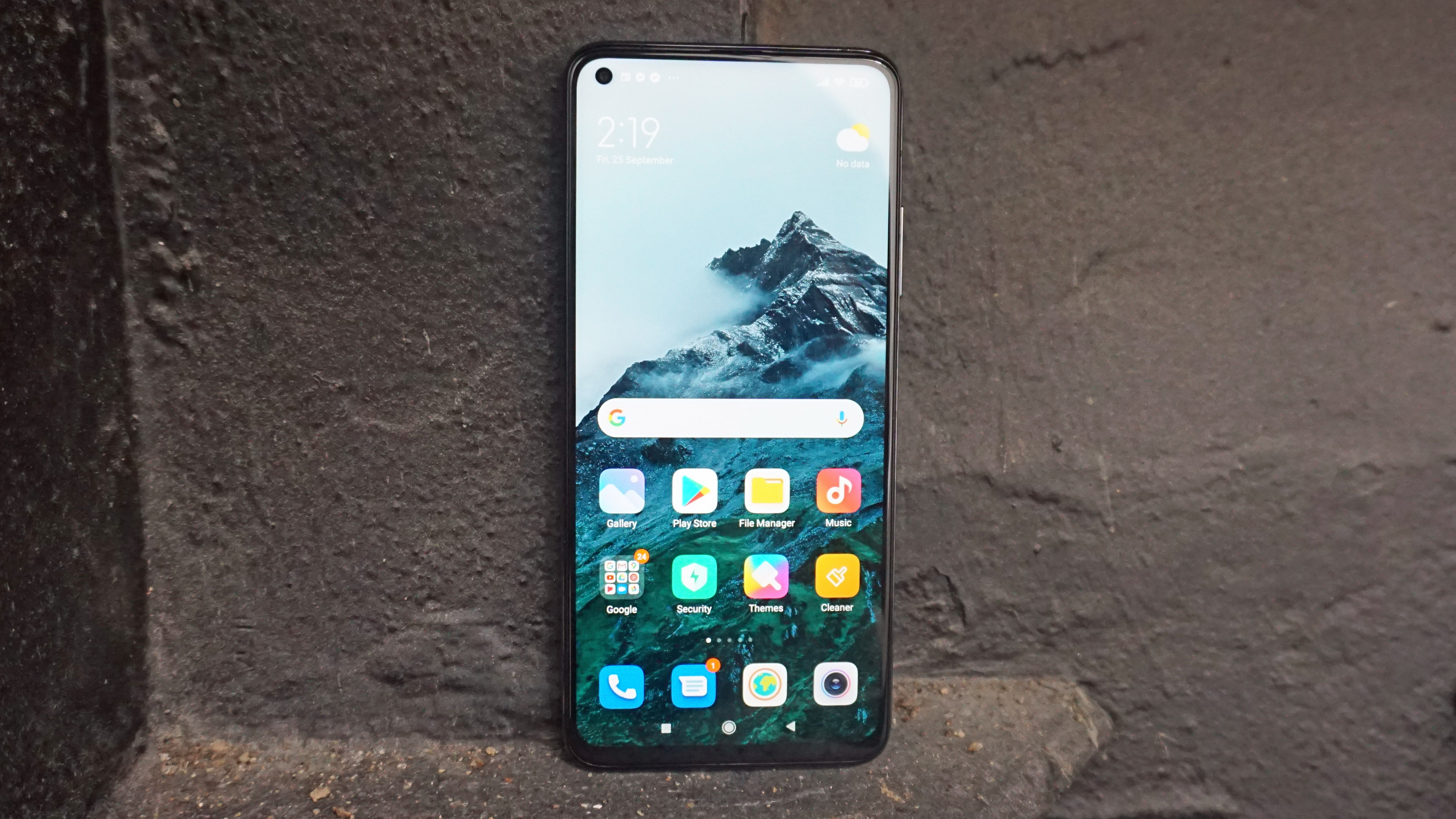
The Xiaomi Mi 10T Pro costs €599 (around £550 / $700 / AU$990), which would likely make it cheaper than the £799 / AU$1,699 (roughly $990) Xiaomi Mi 10, but we don't have exact prices for the UK, US or Australia yet.
With regards to a release date, we're not too sure either. In fact, we'll have to wait to see if the phone comes to some regions at all - the Xiaomi Mi 10 Pro never actually got a UK release, for example.
Design and display
In the hand, the Xiaomi Mi 10T Pro doesn't feel as premium as the Mi 10 range, and there's an obvious reason for that - its screen isn't curved at the edges, and in fact there's a thin but noticeable bezel around the display. Curved-edge displays are a pretty divisive phone feature, but we're a big fan, and missed the comfortable hand-feel of such a display.
There's another intriguing design feature here in the form of a side-mounted fingerprint sensor housed in the power button, below the volume rocker on the right edge of the phone.
The Mi 10 phones had in-display scanners, which tend to be a more premium feature, but again some people prefer side scanners, so we can't mark it down for this. The scanner worked impressively quickly too, more so than the Mi 10 Pro's in-display version.
As with the Xiaomi Mi 10 phones, the Mi 10T Pro doesn't have a 3.5mm headphone jack, so its only port is a USB-C one.
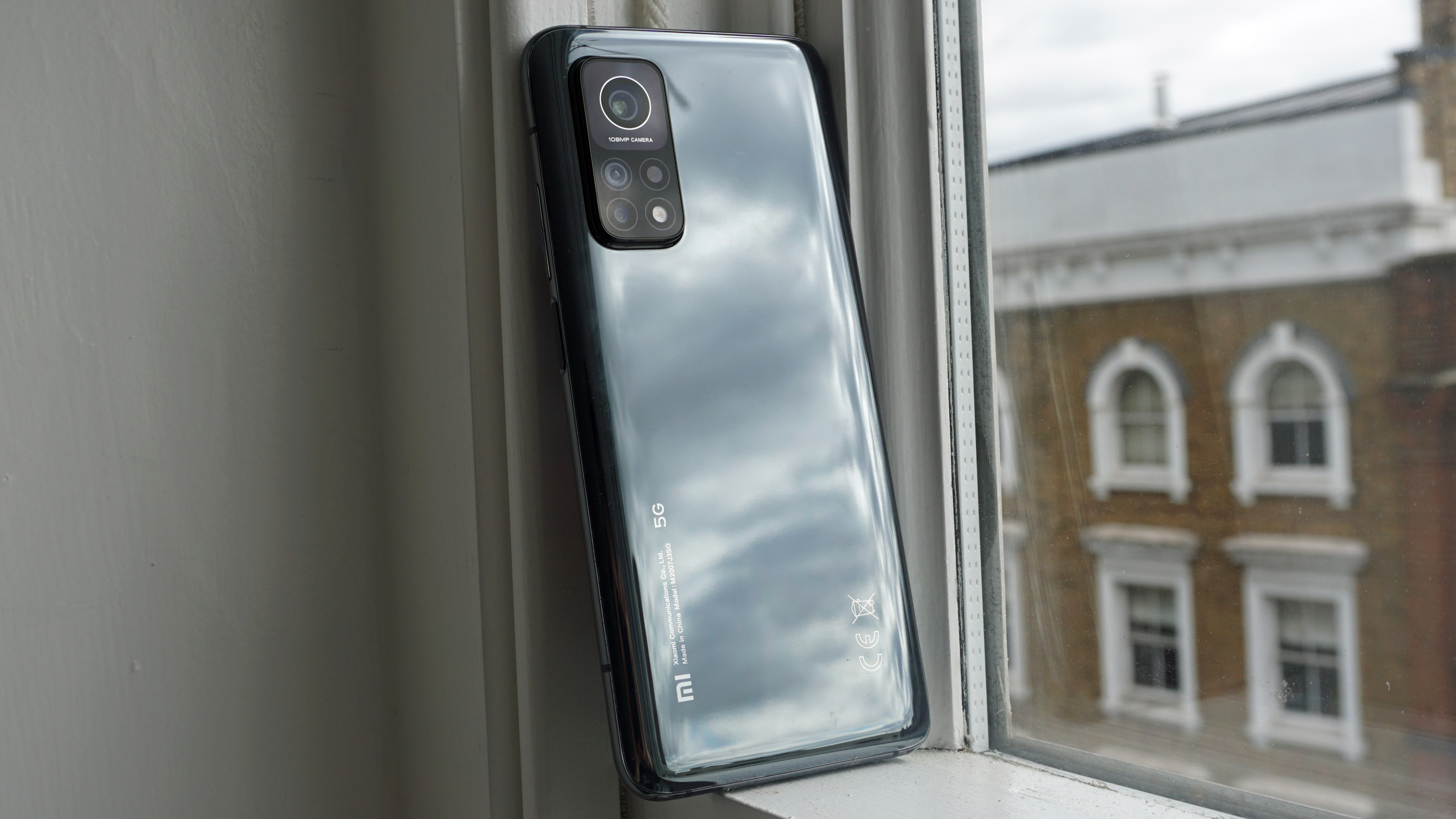
A design quirk of Xiaomi phones is that they tend to have pretty thick camera bumps - the Mi 10T Pro doesn't take this up to 11, but rather takes it all the way up to 111, as the island on the phone's back that houses the lenses and flash is incredibly thick. The main camera's lens is giant too - it looks like a cyclops staring back at you.
The Xiaomi Mi 10T Pro's display is 6.67 inches across, broken up only by a punch-hole cut-out in the top left corner. It's not the smallest such cut-out we've seen, but it's still pretty small so we didn't mind.
The screen resolution is FHD+, which is the same as the Mi 10 range, and high resolution enough for gaming and watching content. We did notice that, compared to the Mi 10 Pro, the Mi 10T Pro had a much warmer color scheme for its display, even when both devices were in their default modes. You can change this in the settings menu.
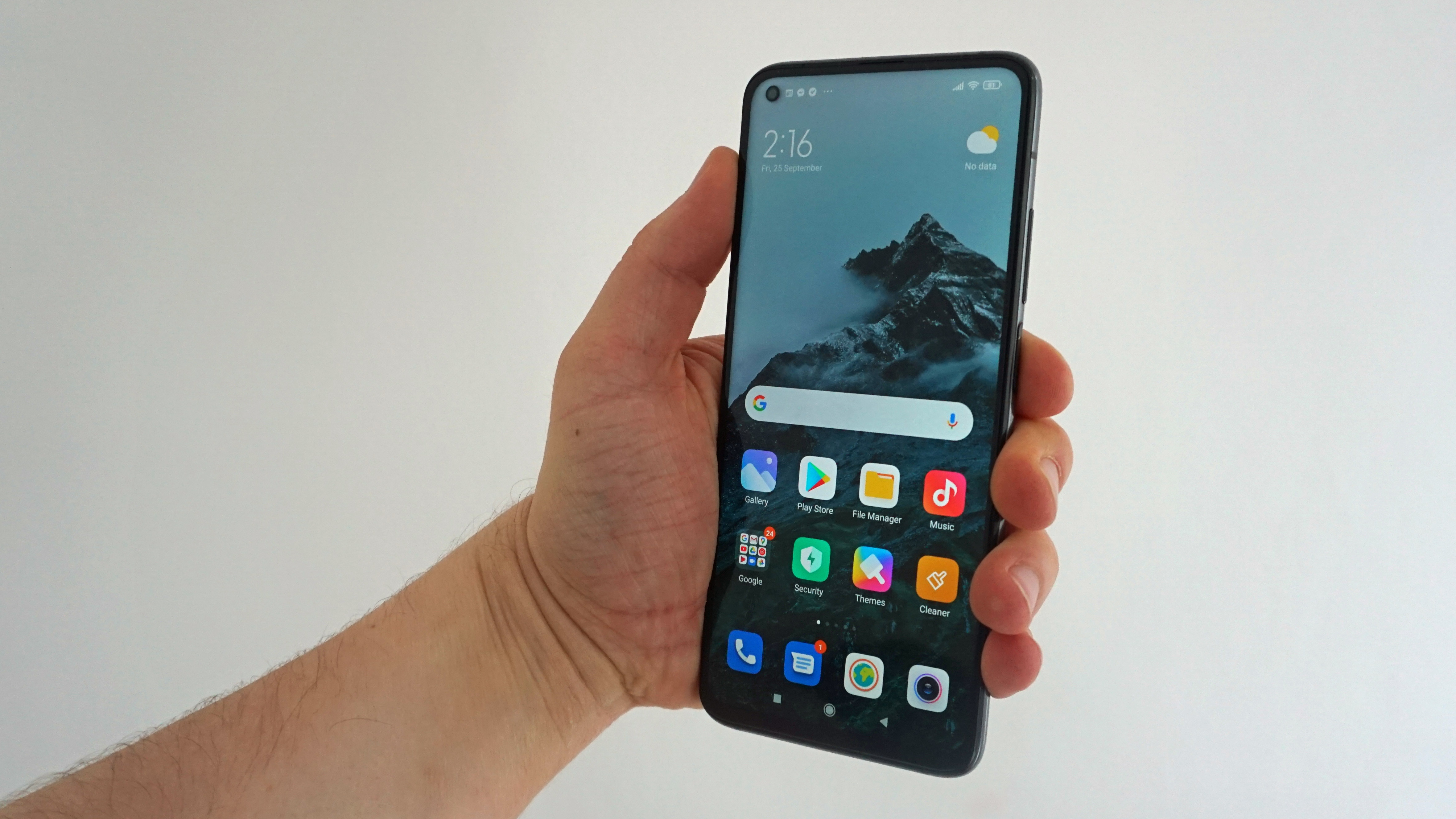
A key selling point of the Xiaomi Mi 10T Pro is the 144Hz refresh rate, which is much snappier than the 90Hz of the Mi 10 and 60Hz of your 'standard' smartphone. This made scrolling through social media and menus feel fluid and airy - not many games have 144Hz support just yet, but as more and more devices get such refresh rates, we'd hope more games become compatible.
If you don't want a 144Hz display you can reduce it to 90Hz or 60Hz, but we'd be surprised if you were considering this phone if not for one of its unique selling points. Some phones have an auto refresh rate mode, so the device jumps between different ones depending on what you're doing, but that's missing here, which is a shame.
Camera
The Xiaomi Mi 10T has three rear cameras - there's a 108MP f/1.69 main snapper joined by 13MP f/2.4 ultra-wide and 5MP f/2.4 macro companions. There's no telephoto camera here for zoom shots, and we're going to miss the Mi 10 Pro and Mi Note 10's 'Portrait camera' (a 2x telephoto lens paired with a 12MP sensor) which took fantastic portrait shots.
We were pretty impressed with the main camera - this is the fourth Xiaomi phone with such super-high-res sensors, and this 'brute force' approach to taking great snaps tends to show good results. Pictures were bright with bold colors, and of course were so high-res that you could zoom into them quite far without losing detail.
The macro camera also returned pretty good results, as it was quick to focus on super-close-up objects. It's just a shame the option to enable macro mode is a little hidden in a separate menu.
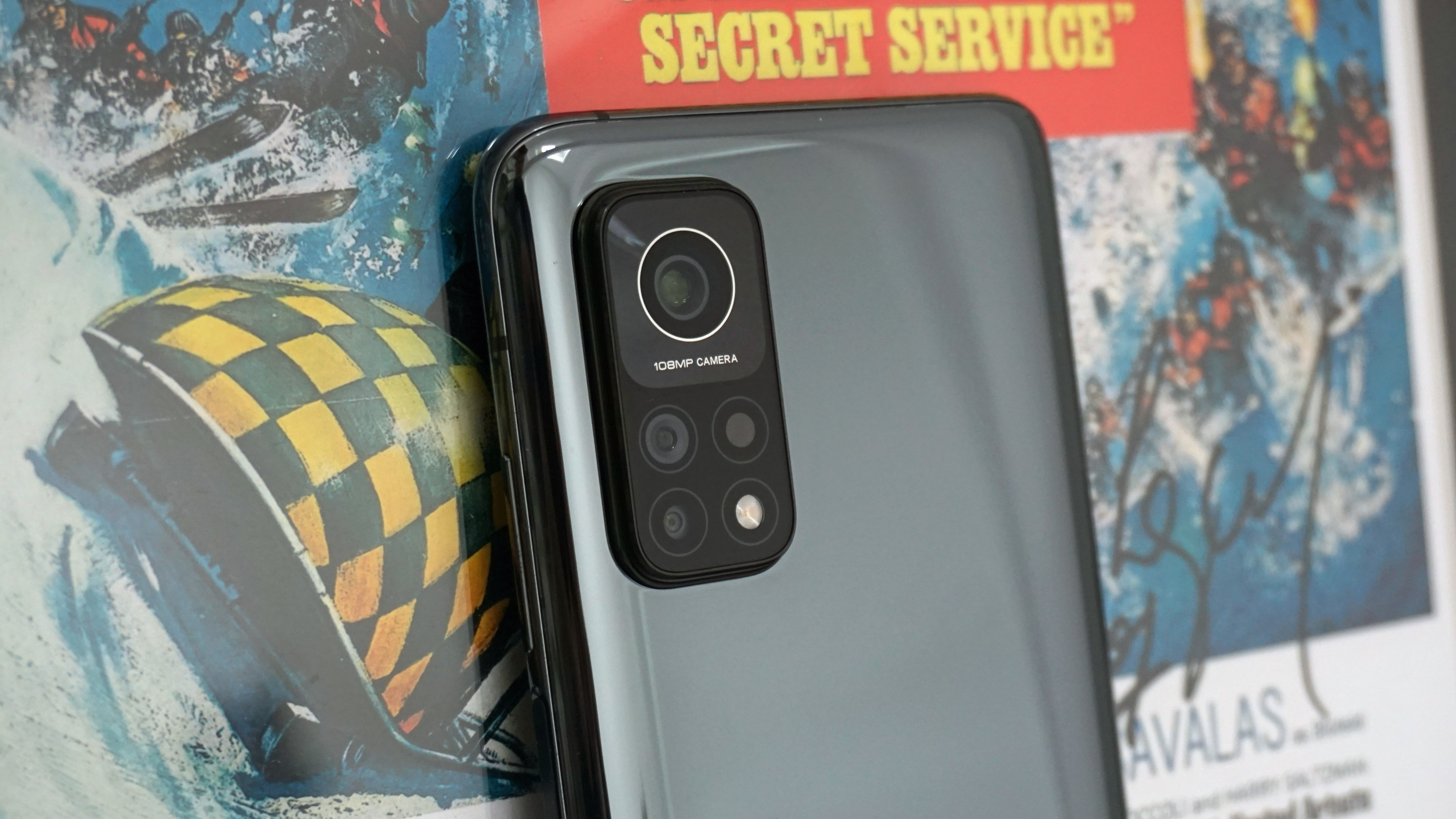
Finally, on the front there's a 20MP f/3.4 selfie camera. We were impressed by how this snapper handled over-exposure well in super-bright settings, however the Portrait mode had trouble discerning between backgrounds and our hair when applying 'bokeh' background blur.
We'll need to test the phone camera out in loads more settings to make a decisive commentary on its photography chops though.
There's 8K video recording here at 30fps and quite a few other video recording modes like VLOG, which automatically edits together clips you take to create montage-like reels, and Front & Back, which records from a rear and front camera simultaneously.
These have been in Xiaomi phones before, but there's a new mode called Clone, which lets you take multiple pictures or videos, then edits them together to make it seem as though there are multiple versions of you. This isn't exactly a 'pro photographer' mode, but it should be fun to mess around with.
Specs and performance
The Xiaomi Mi 10T Pro has a Snapdragon 865 chipset, which was the top-end chipset until the 865 Plus came along mid-way through 2020. While that does technically mean the 865 is a touch outdated, there aren't too many noticeable performance differences outside gaming.
The phone is 5G-compatible - all the Xiaomi Mi phones have been in 2020. There's 8GB of RAM and either 128GB or 256GB of storage depending on which version you opt for. The former should be more than enough for casual users, but if you take lots of photos or like having loads of games downloaded, maybe the latter is better.
From our brief testing, the Xiaomi Mi 10T Pro seemed pretty snappy to navigate, even when a few other big apps were open, and the phone handled gaming well too.
The phone runs on Android 10, overlaid with MIUI 12, Xiaomi's Android 'fork'. MIUI retains its biggest problem, that we've complained about ad nauseam before - it's got too much bloatware, with loads of pre-installed apps that you'll likely find yourself deleting straight away.
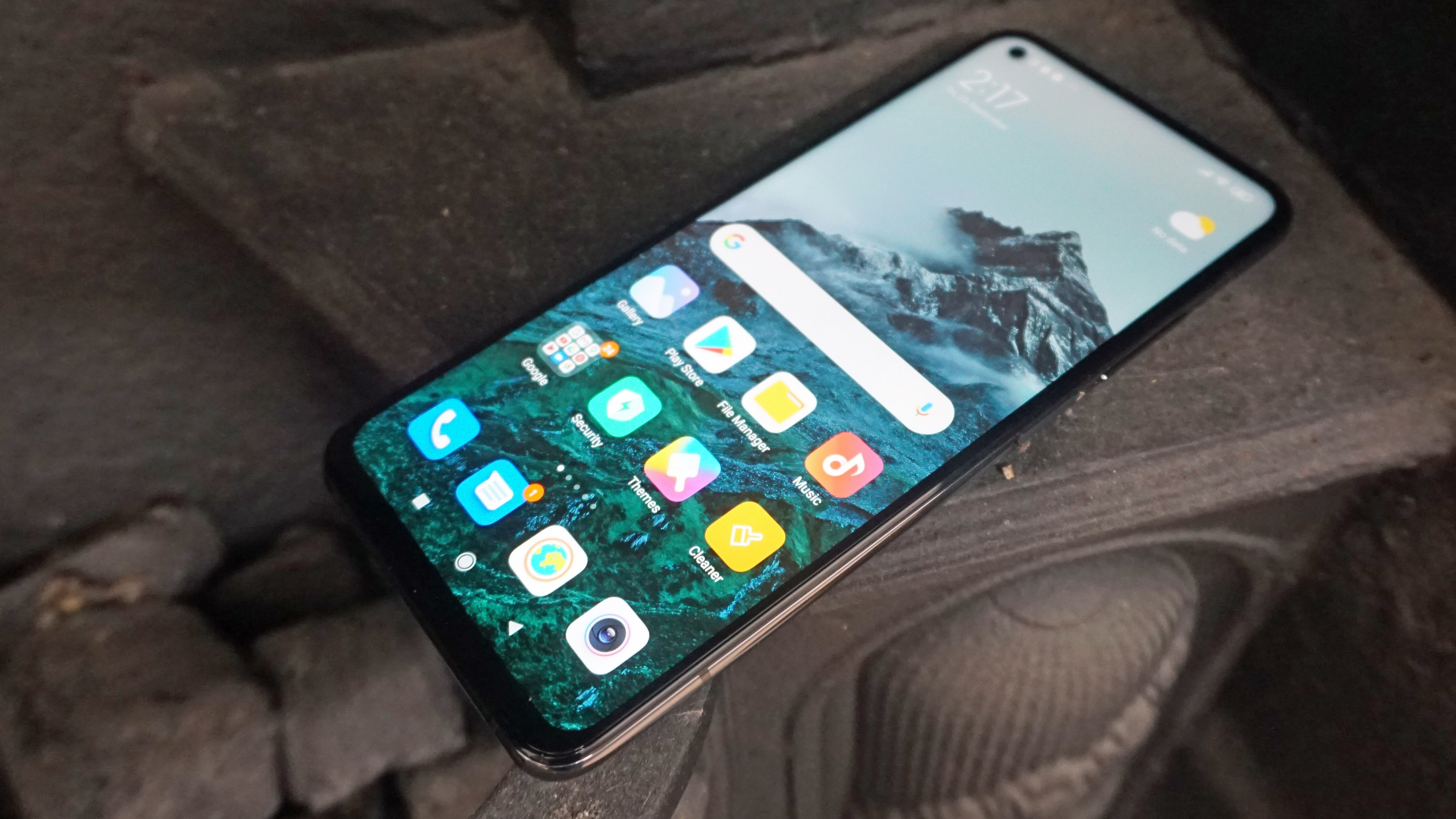
Some of the third-party apps that used to come pre-installed before have gone though, and while they've been replaced by Xiaomi's own ones, at least this means there aren't too many weird extras from other companies.
The battery here is 5,000mAh, which is a good size, however we did notice the battery dropped quite quickly during our time with the phone. We'd guess the 144Hz mode drains power quickly - it's good you can switch down to 90Hz or 60Hz then.
Charging speed is 33W, which isn't the fastest we've seen from the company (the Mi 10 Pro has 50W, for example), but it's certainly not slow. We'll test out how long it takes the phone to charge to full with this and let you know in our full review.
There's no wireless charging, unlike the Mi 10 Pro, but with the chunky camera block we'd be surprised if you could lay the phone flat on a powering mat anyway.
Early verdict
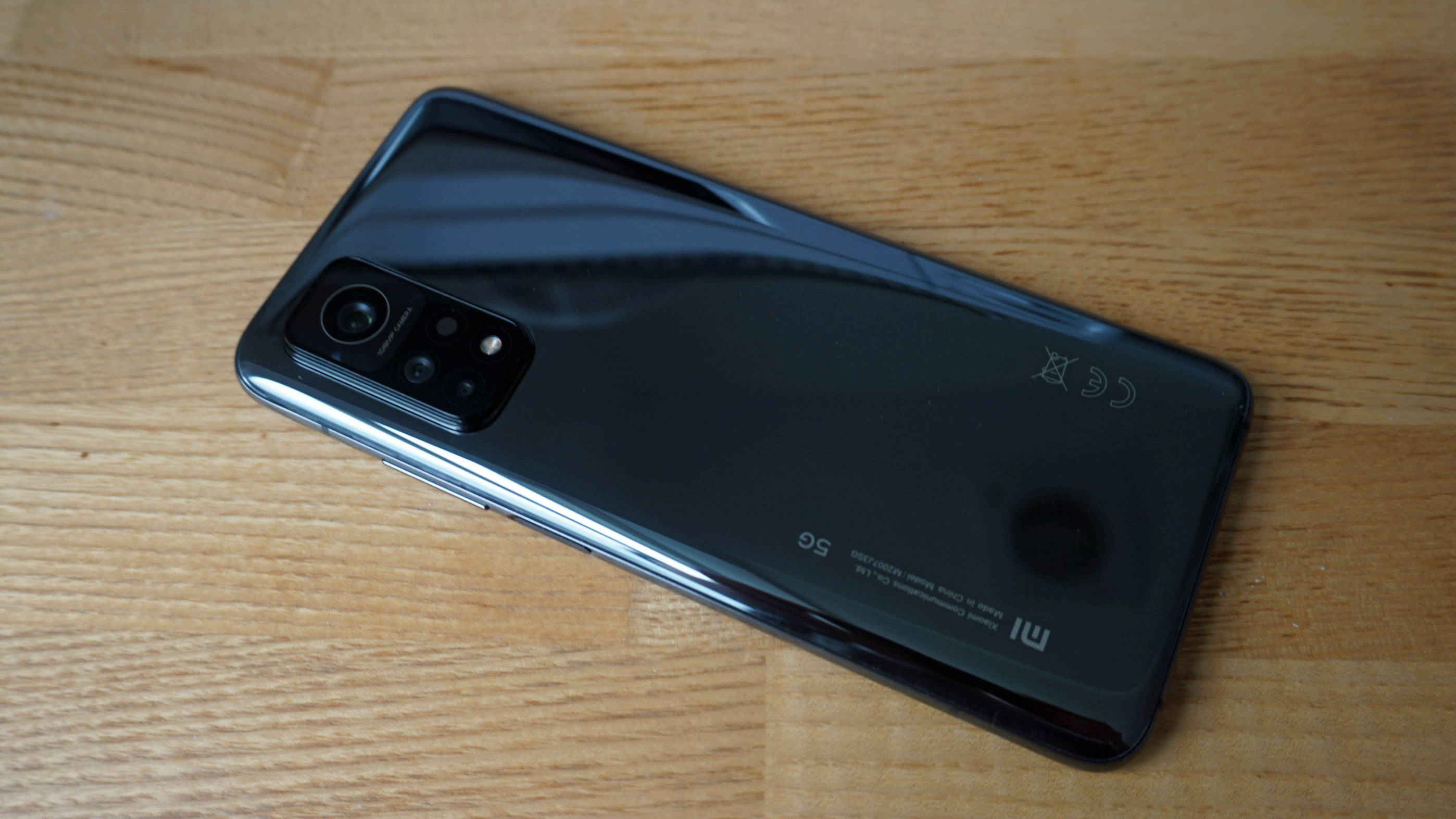
We're a bit confused by the Xiaomi Mi 10T Pro due to the way it has some features the same, some worse, and some better than the other Mi 10 phones. We'll need to find out the exact price to see how well it compares.
If the Xiaomi Mi 10T Pro's price is relatively low, this could be a really great buy - we were impressed by our initial experiences with the phone's display, camera, and processing speeds.
We'll need to test the phone longer to find out about its battery life though, and to see if we end up liking the design changes from its predecessors. We're already finding the camera bump size really annoying though, which doesn't exactly bode well for the full review.
Comments
Post a Comment